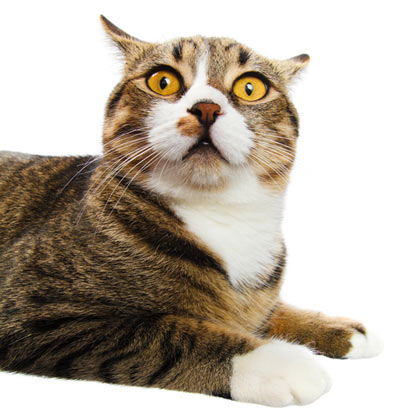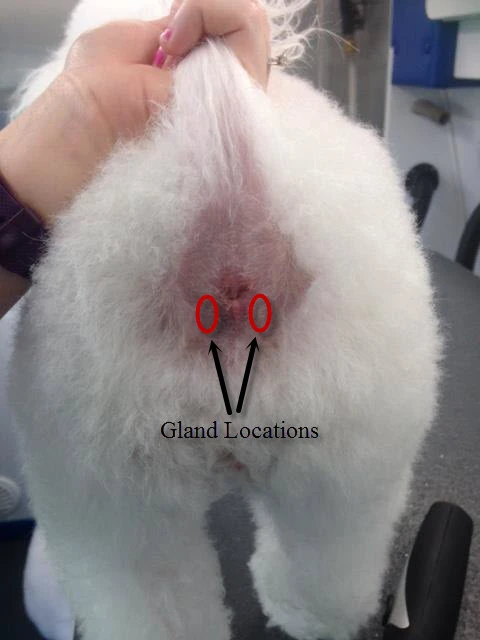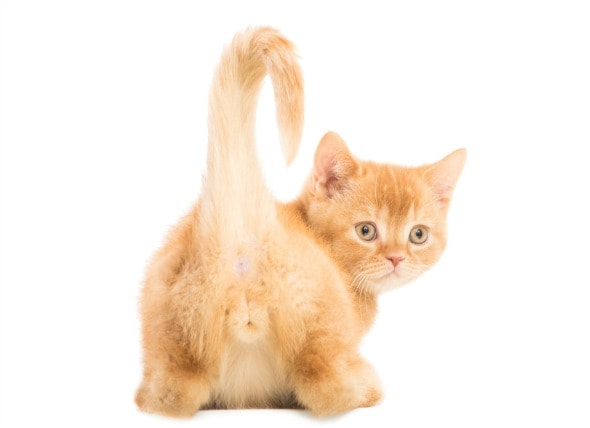Anal glands seem to be a taboo subject among cat owners, and there’s not nearly as much information on the subject for cats as there is for s.

While we’d just as soon not sniff a cat’s calling card, it delivers loads of information to other cats. The stool gets its distinctive odor from fluid produced by pea-size anal sacs, or glands. As the cat defecates, the muscles of the anal sphincter push the anal sacs toward the stool, causing
What is the Purpose of a ‘s Anal Sac?There are a few theories as to why s have anal sacs and what purpose they serve. Some say the excretion fro
The anal glands or anal sacs are small glands found near the anus in many mammals, including s and cats.They are paired sacs located on either side of the anus between the external and internal sphincter muscles.
Feline Anal Glands are often an unknown anatomical part of the cat’s body to their human caretakers. owners are well aware of the existence of anal …
What is an anal gland tumor? This tumor is a disordered and purposeless overgrowth of cells originating from an anal sac. The tumor is usually rapidly growing, almost always malignant (spreading), and extends deep into surrounding tissues.

Home. Back to Info Index. Anal Glands (Sacs) Anal gland disease is a common problem in cats and s. The anal glands, also called “anal sacs”, can become impacted, infected and abscessed.

ANAL SAC DISEASE. Scooting, licking and smelling could be signs of an anal gland ailment. The anal sacs are located on each side of the anus, just under the skin.


Ask a vet online for free. Chat live with veterinarians and other pet experts. Find answers to health, behavior and nutrition questions about s and cats.

When a ‘s anal sacs are irritated or infected, blood flow to the area increases. The anal area becomes hot, swollen, and painful. This inflammation causes the tiny ducts that empty the anal sacs to swell shut.


